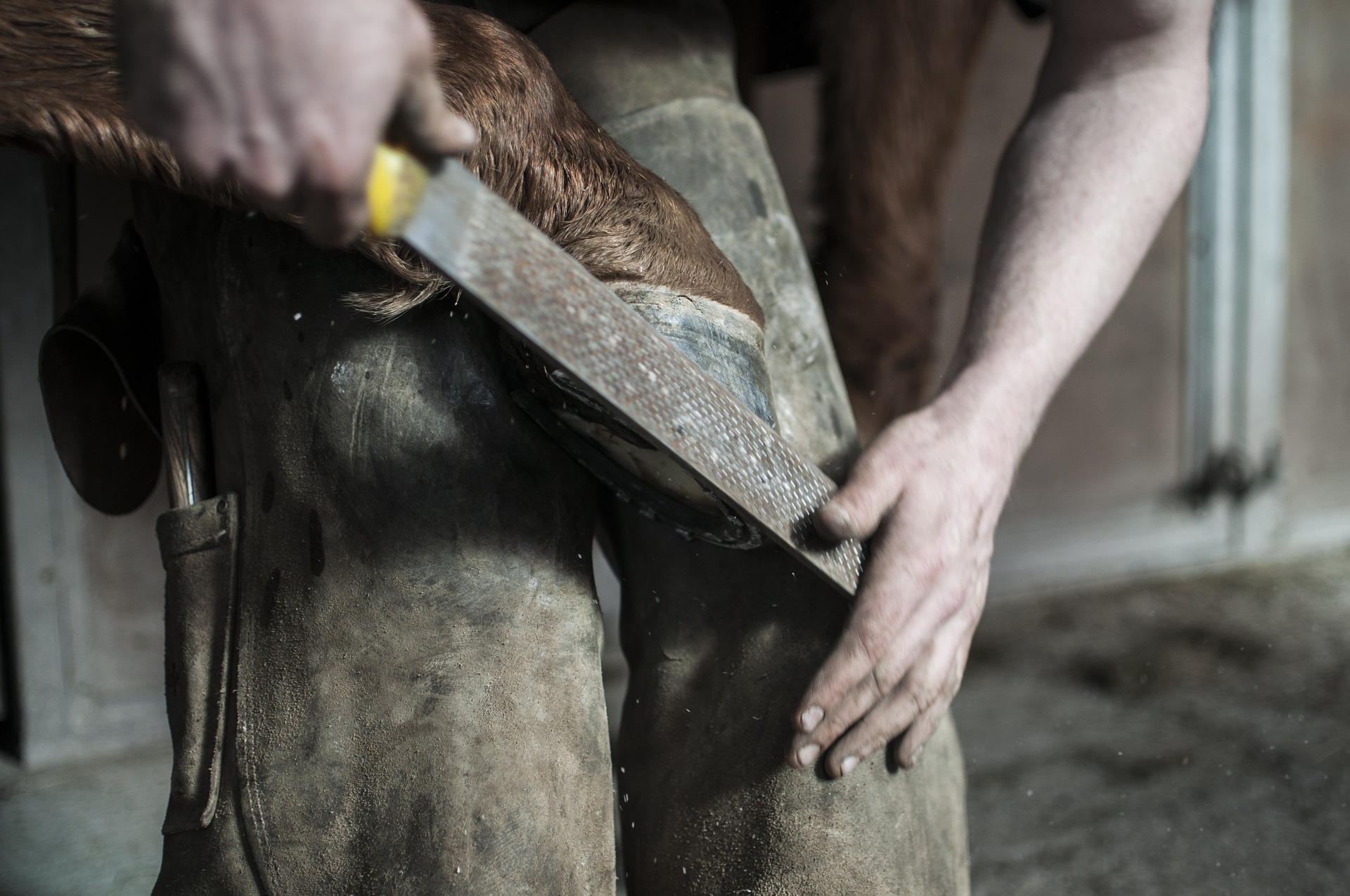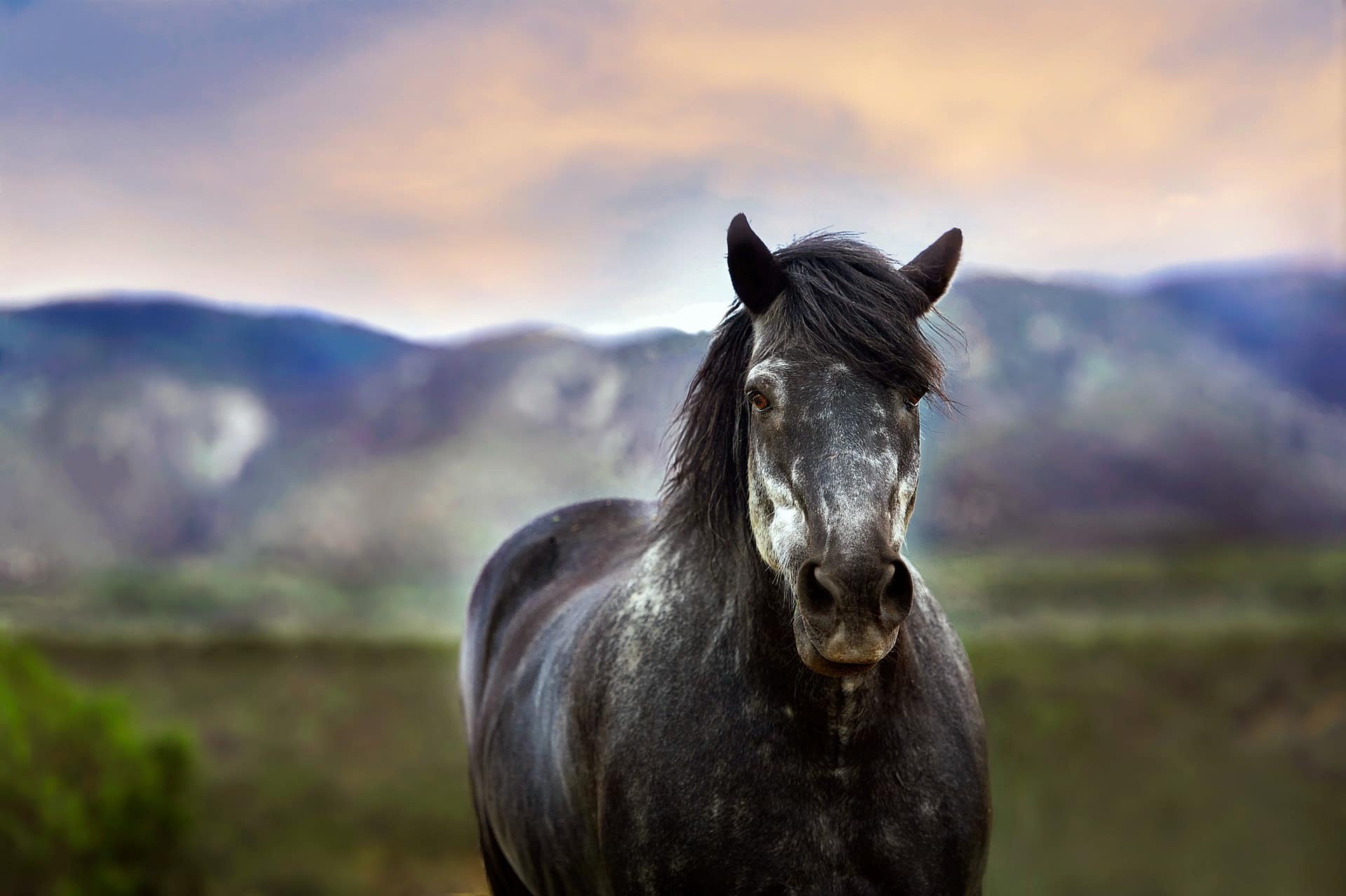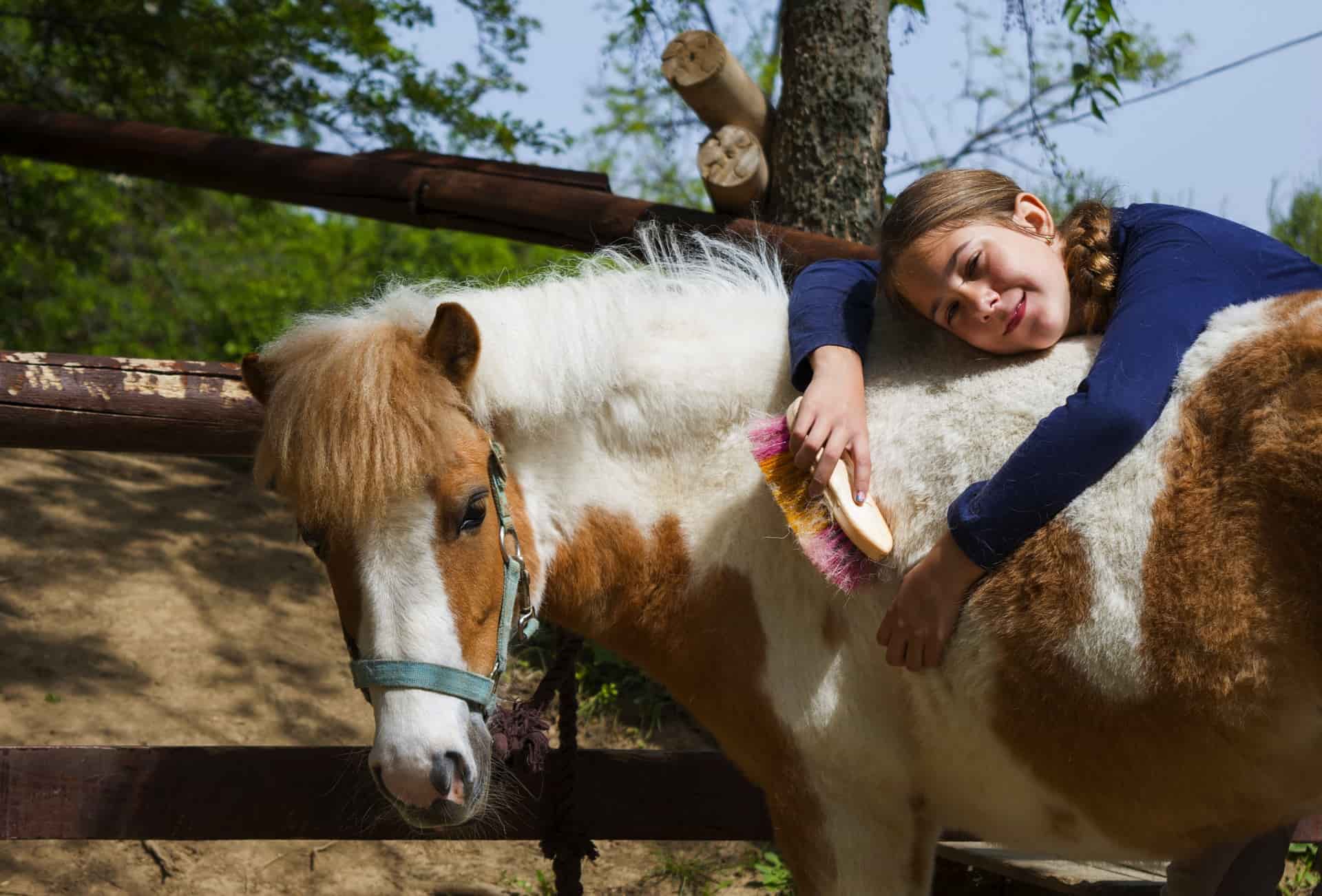Horseshoes and shoeing are hot topics of discussion amongst the equine community. This is for a good reason too, we've all heard the expression “No hoof no horse”. When it comes to horses' feet, owners’ concerns are justified because poor hooves can be very problematic when it comes to your horse's health.
In this article, we'll address the many subjects surrounding shoes for horses. We'll answer questions such as: Do race horses wear shoes? Do shoes hurt a horse? And ultimately, why do horses need shoes?
History Of The Horseshoe
It's believed that ever since horses were first domesticated, humans have made them wear shoes. Horses were working animals and their performance and longevity would be improved if their hooves were protected.
The very first shoes weren't metal, they were made from leather and strapped on with plant materials. The first recorded use of a horseshoe was in 400BC by the Romans who used a 'hippo sandal' to protect horses feet. Eventually, societies started producing more durable shoes from bronze that were nailed on.
Then by the 14th-century metal horseshoeing and nailing became common practice.
What Do Horseshoes Do?
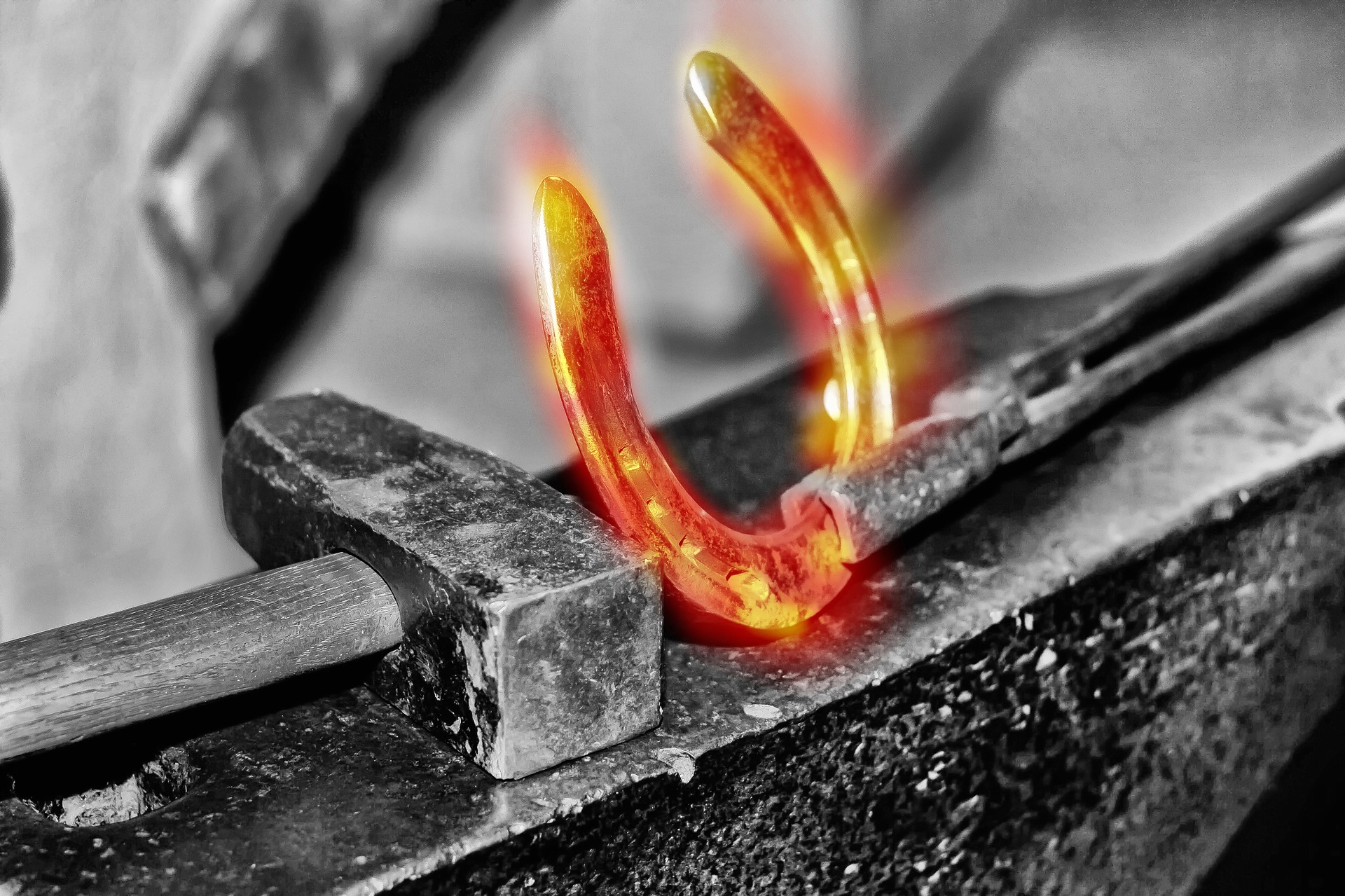
The purpose of horseshoes is to protect and support domesticated horses hooves during work or exercise. This support and protection is thought to enhance overall performance. Shoes can also give a horse extra traction over difficult terrains such as rocks and ice. They're also used to help to remedy medical conditions such as laminitis or poor foot conformation.
How Does A Horse Shoe Work?
Horse shoes these days are generally made from steel or aluminum. There are many different types of shoes for horses and they come in a selection of different sizes. Some owners prefer their horse to be “hot shod” so the shoe can be molded to a perfect fit.
Traditionally the shoe is attached with nails which are hammered into the wall of the hoof. This wall is made up of hard, dead tissue so the horse doesn't feel the nail going in. These days there are different types of media a farrier can use to attach shoes to a horse's hoof. These include special glues and silicone padding, perfect for your horse if it has a poor hoof wall.
You can even choose to protect your horse's foot with boots. These don't need nails and are easy to put on and remove as per your requirements.
Do Horse Shoes Hurt Horses?
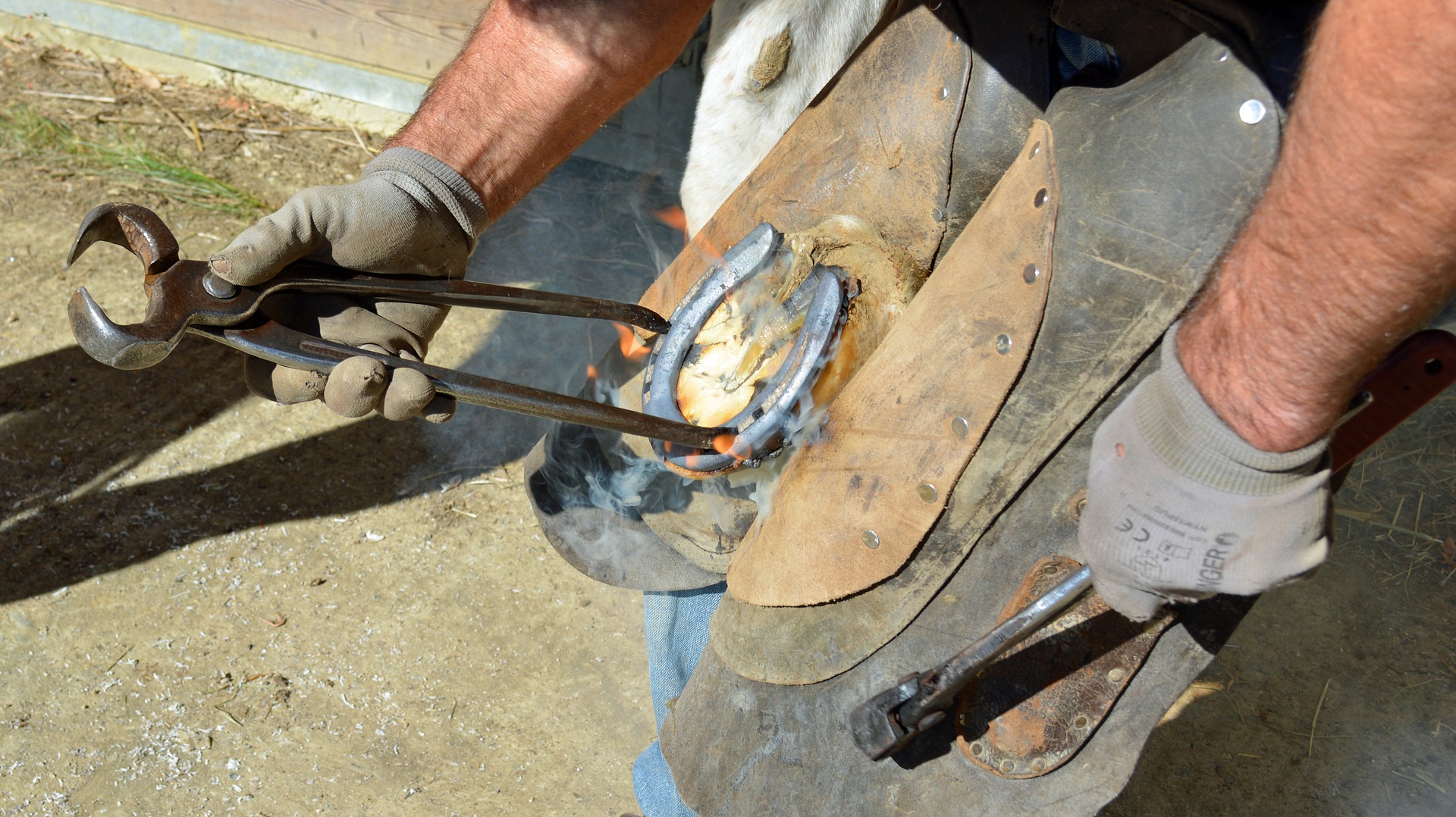
Do horseshoes hurt horses? This is a reasonable question for people to ask when they see a nail being hammered into an animal. When the nails for a shoe are hammered into the horse's feet, a horse will very rarely show a pain response. We can only assume that putting a shoe on a horse doesn't hurt them. The hoof wall where the nails are placed is made up of dead, insensitive tissue, just like our fingernails.
Horseshoes have the potential to hurt a horse if they aren’t used correctly. As long as you have a fully qualified and professional farrier, the risk of a shoe causing damage is greatly reduced.
Do All Horses Need Shoes?
Not all horses need to wear shoes, some domestic horses can live their whole lives without having to wear them. Some horses will need a full set of four shoes while others will only need shoes on the front. It all comes down to every horse's individual needs and requirements, with some breeds having tougher feet than others.
Below are listed some of the things to take into consideration to determine whether or not a horse needs shoes.
Workload
If your horse has naturally strong feet, a very light workload, and plenty of leisure time out at pasture then chances are it won't require shoes. For working and performance horses, most owners prefer to give their horses feet extra protection.
Horse shoes protect against excessive movement and impact which in turn will enhance the performance of the horse. Different types of shoes are suited to different disciplines, racehorses have special lightweight aluminum shoes for example.
Living Conditions and Routine
If your horse has a small pasture and can't roam around then it won't be able to naturally wear down the hooves. Standing in urine for a long time can also soften and damage the hooves.
In both cases, shoes may be a good idea for your horse. If a horse has plenty of mixed terrain pasture to roam around then they will build up “natural strengthening”. This will reduce the need for your horse to wear shoes.
Remedial Shoeing
For some horses, going barefoot isn't an option. If a horse is prone to painful foot conditions such as laminitis, navicular disease or chronic lameness then this horse needs remedial shoeing. Remedial shoeing can also be used to manage poor conformation such as flat feet or pigeon toes.
We're lucky to live in a time of advanced hoof care technology with very experienced farriers. A farrier will be able to assess the balance and conformation of the foot and shoe a horse accordingly. When it comes to treating chronic medical conditions, the farrier of the horse may often work in conjunction with the vet for optimum results.
Why Do Wild Horses Not Need Shoes?
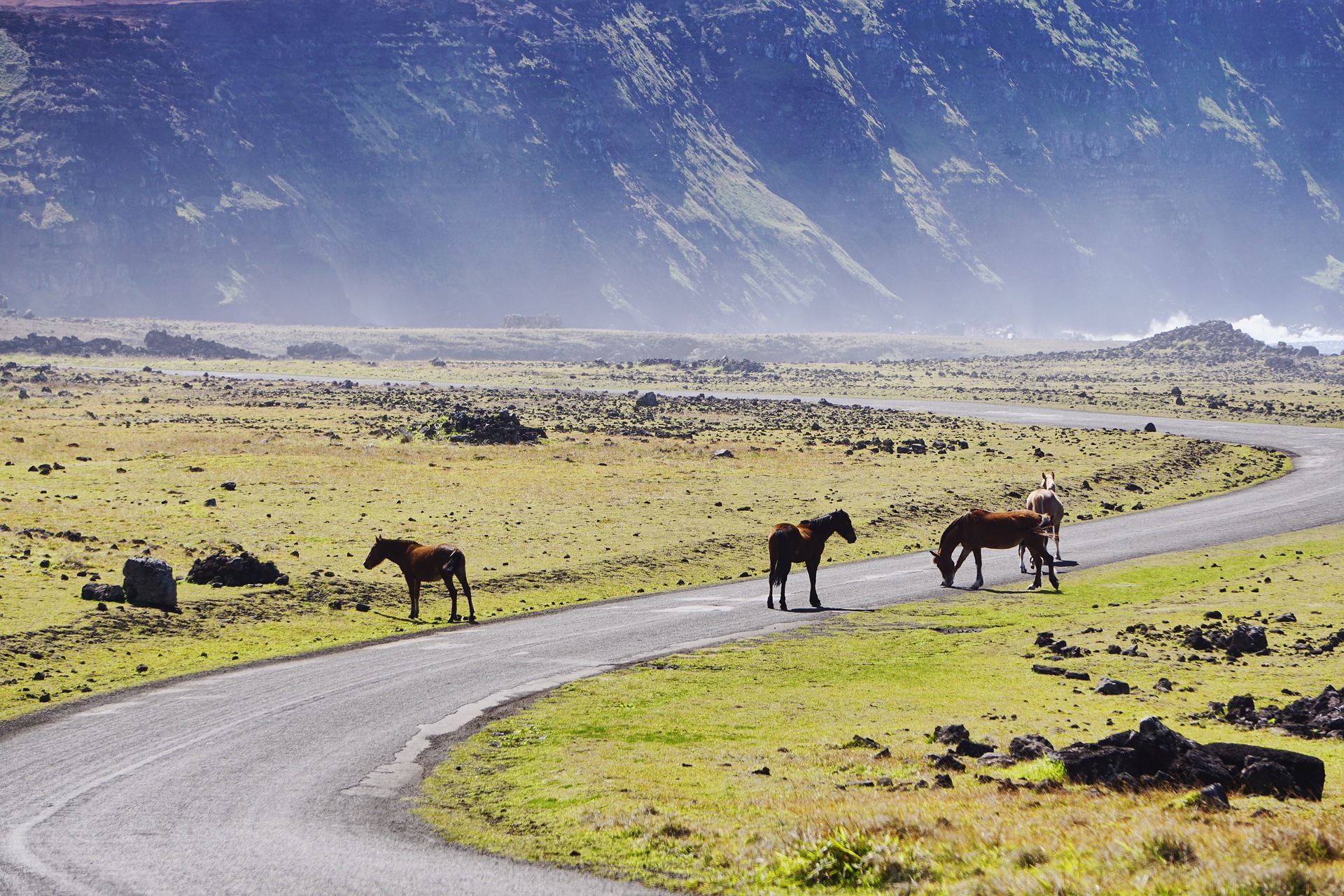
Horses that live in the wild lead a very different life to domestic horses and this is why they don't need shoes. Just check out how long horses live. You'll see domestic horses have longer lifespans than their wild friends.
In the wild, horses will roam for hours each day, across varying terrain, in search of pasture. This ensures that the hoof will get naturally worn down and strengthened, and this is known as natural conditioning.
In the wild, horses eat a perfectly balanced organic diet, unprocessed with no additives. Diet plays a big part in hoof health and often a poor diet can cause hoof problems in horses.
Another big contributing factor is that when a horse carries the weight of a load or a person, it causes strain on the hooves and wild horses don't have this problem.
Do Horses Need Shoes For Trail Riding?
If you're a rider who enjoys being out on the trail, it's natural that you want to keep your horse's hooves protected. Trail riding covers a whole range of different ground and riding surfaces so it's important that your horse has a good footing.
A horse may or may not need shoes for trail riding, it all depends on the terrain and the horse's individual needs. Softer sandy trails are easier on the foot so shoeing for these trails might not be necessary. For tough rocky trails, however, shoes can provide added protection and traction.
Also Read: Best Horse Breeds for Trail Riding
Pros and Cons of Shoeing Vs Barefoot
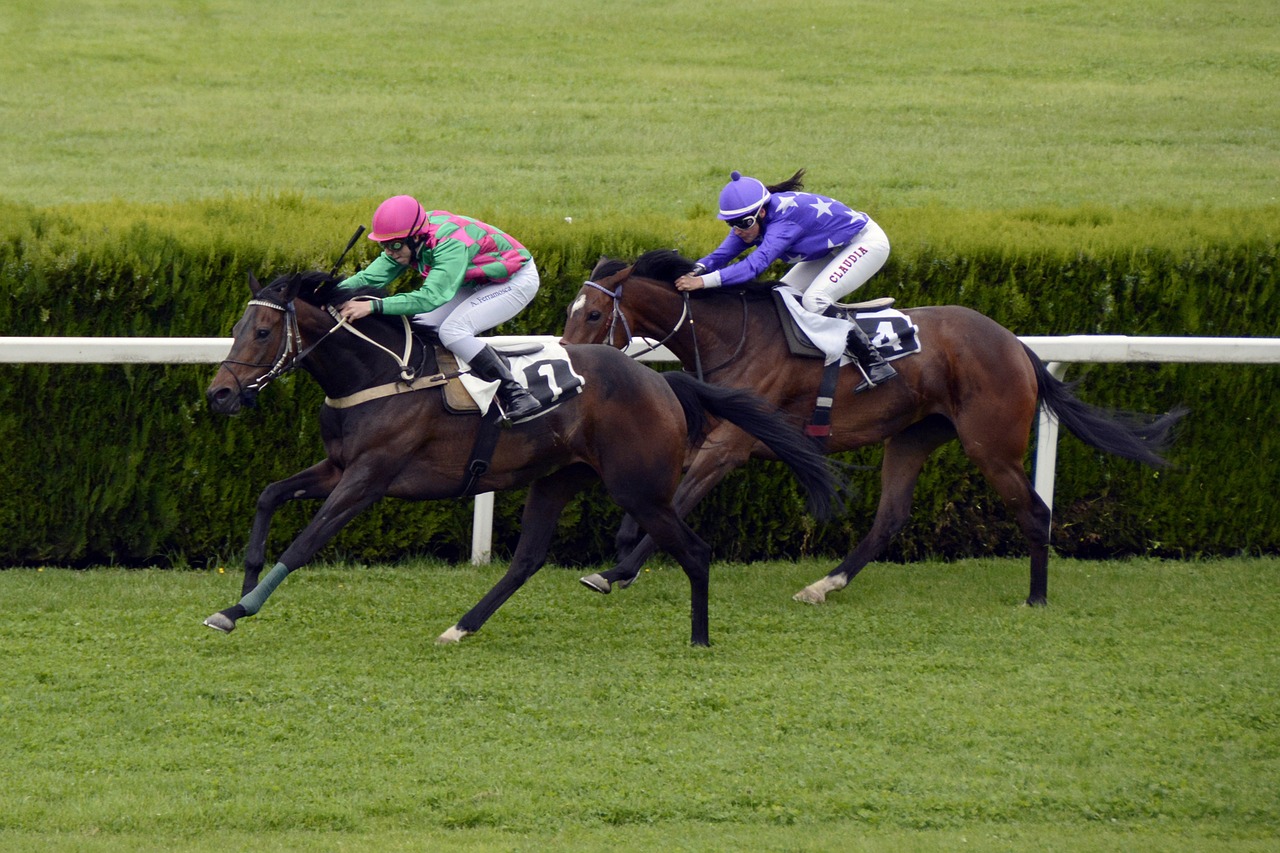
There's a lot of debate around the subject of whether or not a horse should be left “barefoot” without shoes and there's no clear right or wrong answer to the question. Professionals such as vets and farriers suggest that it comes down to the horse's individual needs.
For some horses, going without shoes won't be an option. For those horses that can go barefoot, it comes with potential financial saving as well as many health benefits. Below we'll take a look at the pros and cons of shoeing a horse.
Shoeing
Pros
There's no doubt that horseshoes on a horse provide extra protection to the hooves, especially with performance and working horses. Shoes can also provide welcome relief to horses suffering from chronic lameness as well as helping to remedy conformation defects.
Special shoes with added traction will make riding across all different types of terrains a safe possibility. Ultimately, a horse with shoes is less vulnerable to foot injuries.
Cons
While shoes do a fantastic job of protecting the hoof, it's believed that they can restrict the natural expansion and contraction that comes with foot movement.
Horses with shoes also have less of the hoof's natural shock absorption and this can cause pressure on the horse's legs. If a horse is shod poorly, this can cause endless problems for the horse, while if a horse pulls a shoe this can be potentially disastrous too.
Ultimately, the shoe hinders natural performance and blood circulation which can degenerate the horse's hoof over time.
Barefoot
Pros
When barefoot, horses hooves are working naturally in conjunction with his legs and the rest of the body. This harmonious movement is ultimately better for the horse's health and puts less strain on its tendons. As a barefooted horse owner, you'll save money on the price of horseshoes.
However, just because the horse is barefoot this doesn’t mean that he won't require regular hoof trims. A regular visit from the farrier is an essential part of the barefoot hoof care routine. Overall, a hoof without shoes is a better functioning one in terms of circulation and shock absorption.
Cons
Because the feet are less protected, horses without shoes are potentially more vulnerable to the risk of a hoof injury. Some owners who shoe their horse will sometimes give them a break from wearing them. This might cause more harm than good as it's difficult for the horse to adapt.
If you do let your horse go barefoot then you have to be patient, it can take your horse a long time to develop natural strengthening. The horse will usually be quite tender at first. Not all horses can go barefoot, for some horses, not having shoes can be quite detrimental.
Conclusion
Why do horses need shoes? As we've discovered, not all of them do, but for some horses, shoes can improve their lives as well as their performance. Some owners don't have the choice of whether their horse can go barefoot. For those of you who do have the possibility, count yourself lucky for the money and worry that you'll save. When it comes down to it, shoes or no shoes, it's vitally important to take care of your horse's feet.
